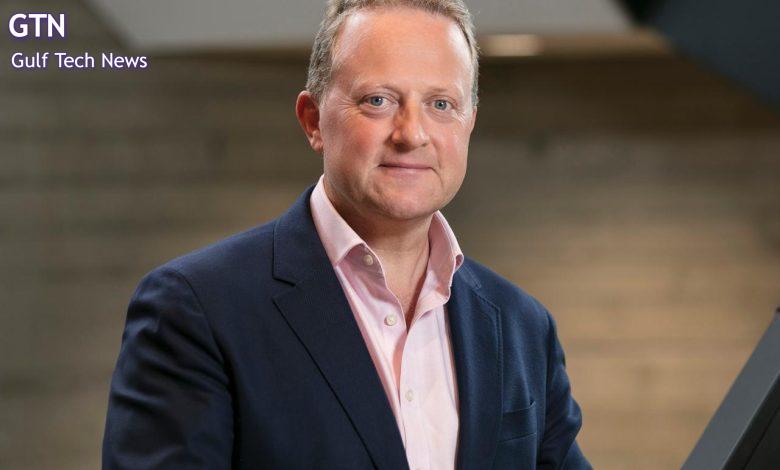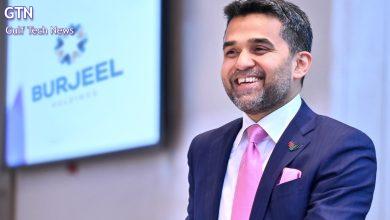Saudi Arabia’s Smart Cities – A Blueprint for the Future

By Chris Bayly, Managing Director of Saudi Arabia, Ciena
Across the globe, the transformation to smart cities is gaining momentum as urban populations grow rapidly. According to a recent study, 68% of the global population will reside in urban areas by the year 2050, demanding not just the upgrade of current urban hubs, but also the construction of new ones.
Saudi Arabia is rapidly emerging as a beacon for sustainable urbanization. The Kingdom is making prominent progress with projects like NEOM, Qiddiya, and ROSHN, all reaching new heights of urban living. NEOM is designed as a living laboratory for sustainable energy, mobility, and healthcare using sophisticated technologies like Artificial Intelligence (AI) and 5G. Mukaab, located in Riyadh, is designed to be one of world’s most tech-integrated urban facilities, with 2 million square meters of floor space for housing, entertainment, and immersive digital experiences.
These ambitious projects highlight Saudi Arabia’s ability to successfully integrate technological innovation with urban planning, creating cities that meet both modern needs and future demands.
Ensuring the AI-Readiness of Networks
As captivating as Saudi Arabia’s smart cities are shaping up to be, the backbone of these innovative developments depends on the network infrastructure powering them. Amidst rising urban populations, future-proof, scalable networks are essential to ensure seamless communication, data storage, and security.
Projects like NEOM and Riyadh’s Mukaab rely heavily on advanced networks to enable seamless connectivity, powering smart traffic systems, energy management, and digital health solutions. These networks will be critical for Saudi Arabia to expand the groundwork for AI-driven urban management in the future. In addition, the rollout of metro fibre and FTTx (Fiber-to-the-x) infrastructure will support the country’s smart city initiatives and drive the adoption of IoT and AI.
The rise of IoT platforms, such as LoRaWAN and Sigfox, leverage sensor technologies across cities to improve services like waste management and traffic control. In addition, machine learning and big data analytics allow city planners to optimize resources, reduce operational costs, and increase efficiency.
AI serves as the intelligence behind the scenes, managing predictive traffic systems and responsive public services, ensuring that cities can adapt in the face of rapid change. As global investments in AI-focused data centres, applications, and models surge, the role of resilient and flexible network infrastructure is critical. AI is forecasted to contribute $4.4 trillion to the global economy by the end of this decade, making scalable, low-latency, and secure connectivity more essential than ever before.
Smart cities require edge computing and cloud platforms to process in real-time, vast amounts of data, received from sensors in driverless cars to AI-driven city services monitoring air quality, waste management, and healthcare systems. To accommodate the potential influx of additional capacity required to handle the transfer of massive datasets driven by AI and other emerging bandwidth-intensive applications, network operators are looking to create more adaptive networks that can scale flexibly.
Collaborative Innovation Required for Smart Cities
The development of smart cities in Saudi Arabia underscores the importance of closer collaboration between governments, businesses, and network operators. As cities embrace smart technologies to enhance sustainability and improve the quality of life for residents, the role of advanced, resilient network infrastructures grows exponentially.
While this transformative path presents unparalleled opportunities for businesses, particularly those involved in infrastructure, telecommunications and digital services, the journey towards sustainable urbanization is ongoing and there are still lessons to be learned. In time to come, Saudi Arabia’s visionary transformation and strong public-private collaborations, will serve as a model for other cities looking to build their own version of a smart city. —-





